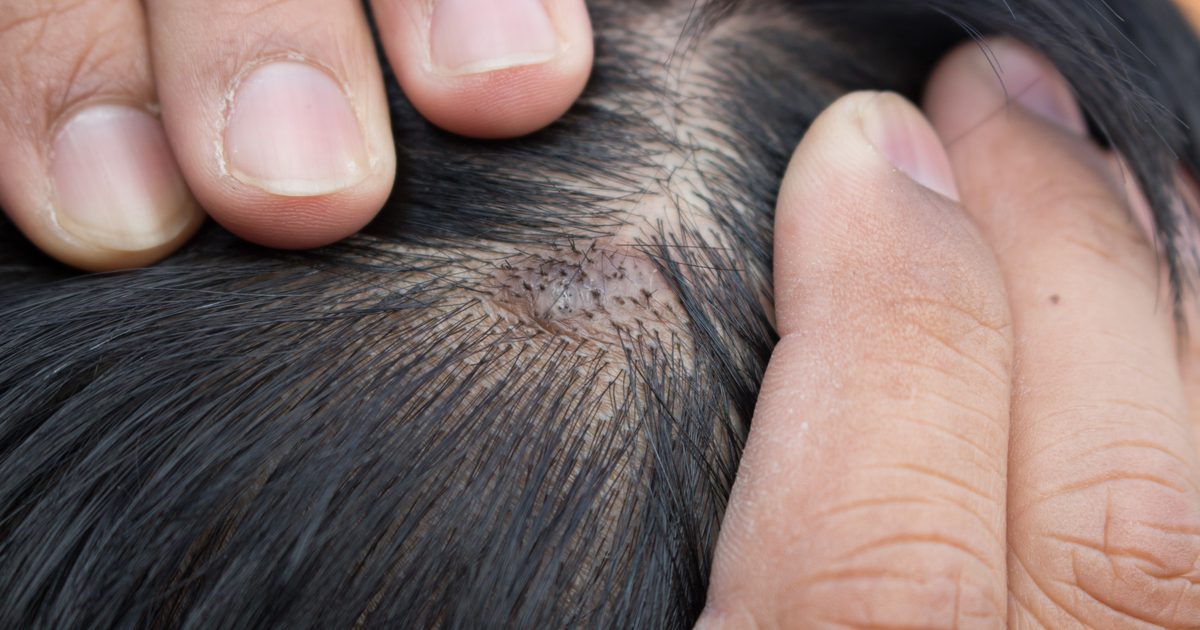Ways To Identify A Pilar Cyst
A pilar cyst is mostly harmless. It might appear around a hair follicle and eventually disappear without treatment, and it rarely comes with any side effects. Without symptoms, individuals might be surprised to find a cyst like this on their body. It is painless, it does not cause other symptoms, and it sometimes feels as if it just appears out of nowhere. A pilar cyst is like any other cyst in that it is a small bump filled with fluid formed beneath your skin. It is not uncommon to have one, and it is nothing to worry about. However, individuals should know what they are dealing with when a pilar cyst appears, and these are the most identifiable methods of diagnosis.
Location Of The Cyst

The location of the cyst matters when individuals are trying to determine whether or not it is a pilar cyst. This type of cyst grows around hair follicles, which is why this is the most identifiable trait. It is not common on areas of the body not along the scalp. Only ten percent of pilar cysts are found on parts of the body that are not the scalp, so locating one on the scalp is easy. It is not uncommon, but it is most common in older men between forty-five and sixty-five.
It is most common on the scalp rather than other hair follicles on other areas of the body, which helps individuals identify it faster. While this type of cyst might be most common in men of a certain age, it is not impossible for women and men who do not fall into this age range to develop a pilar cyst. It is also important to note one pilar cyst is uncommon. Most individuals develop several at one time, which is another very identifiable trait of this type of cyst.
Size Of The Cyst

The size of the cyst matters as well when trying to identify a pilar cyst. Pilar cysts are not overly large, but they do grow slowly. This means it is unlikely patients will notice it growing until it is on the larger size. Most pilar cysts fall between half a centimeter and five centimeters, but no two people will have the exact same size pilar cyst. If individuals developed more than one pilar cyst, they can also expect most of them are different sizes and shapes. Few will look too much like another, which is another identifiable trait of pilar cysts.
If individuals notice a cyst growing around their hair follicle is significantly larger than five centimeters, it could indicate they are dealing with a different type of health concern. It is not common for pilar cysts to grow so large, but that also does not make it impossible for one to grow larger than the standard size.
No Hair Around The Cyst

Nearly ninety percent of the pilar cysts that form on individuals form on their heads. It is very uncommon to find one on another part of the body, but it is not impossible. Hair grows almost everywhere, and a cyst like this can grow around any hair follicle. One thing individuals must note is that there is typically no hair around the pilar cyst. When the cyst begins to grow, it will appear naked. Hair cannot grow on a pilar cyst, so a cyst with hair growing on it is not a pilar cyst.
This is the one symptom of a pilar cyst that makes it easiest to find. If individuals are worried they will have a bald spot because of this, they are not alone. Hair will grow back and appear fuller and thicker once the pilar cyst is gone. However, there is no telling how long it might last.
How The Cyst Feels

How the cyst feels is another telltale sign. No two cysts feel exactly alike, but pilar cysts feel very similar no matter where they grow or on whom they grow. A pilar cyst feels firm when it is touched. It is filled with fluid, and it does not grow so big that the fluid has excess space in which to move. However, individuals may notice the fluid inside the cyst does move when they touch it. It will not move too much, and it should not hurt when they touch it softly.
If individuals push hard or press down on a pilar cyst with significant force, they can cause pain. This pain might last a few days to the point where they feel sore. This is not a cause for concern, but it is certainly a problem patients should speak to their doctor about if the pain or soreness does not subside in a few days.
Color Of The Cyst

The color of the cyst is important when you are trying to identify a pilar cyst or another type. Most pilar cysts are colorless or slightly red, though they might change colors if they become infected. An infected cyst will turn red, and it will hurt. If individuals do not feel any pain but their pilar cyst is red, there is nothing to worry about. This type of cyst is usually too strong to break with a hand, but it can become infected if the sharp bristles from a brush or comb accidentally hit it and cause it to break. This is when individuals are most likely to notice pain and redness in the area, and should not wait to call the doctor. An infected pilar cyst is not only uncomfortable, but it is also dangerous. An infected pilar cyst might have pus leaking from it due to the damage done.
